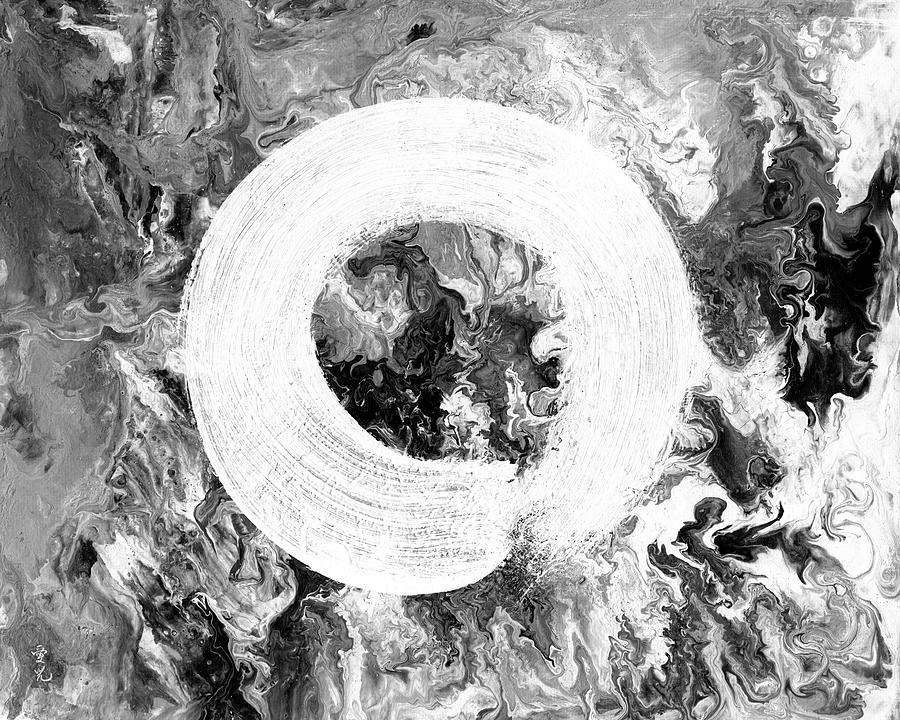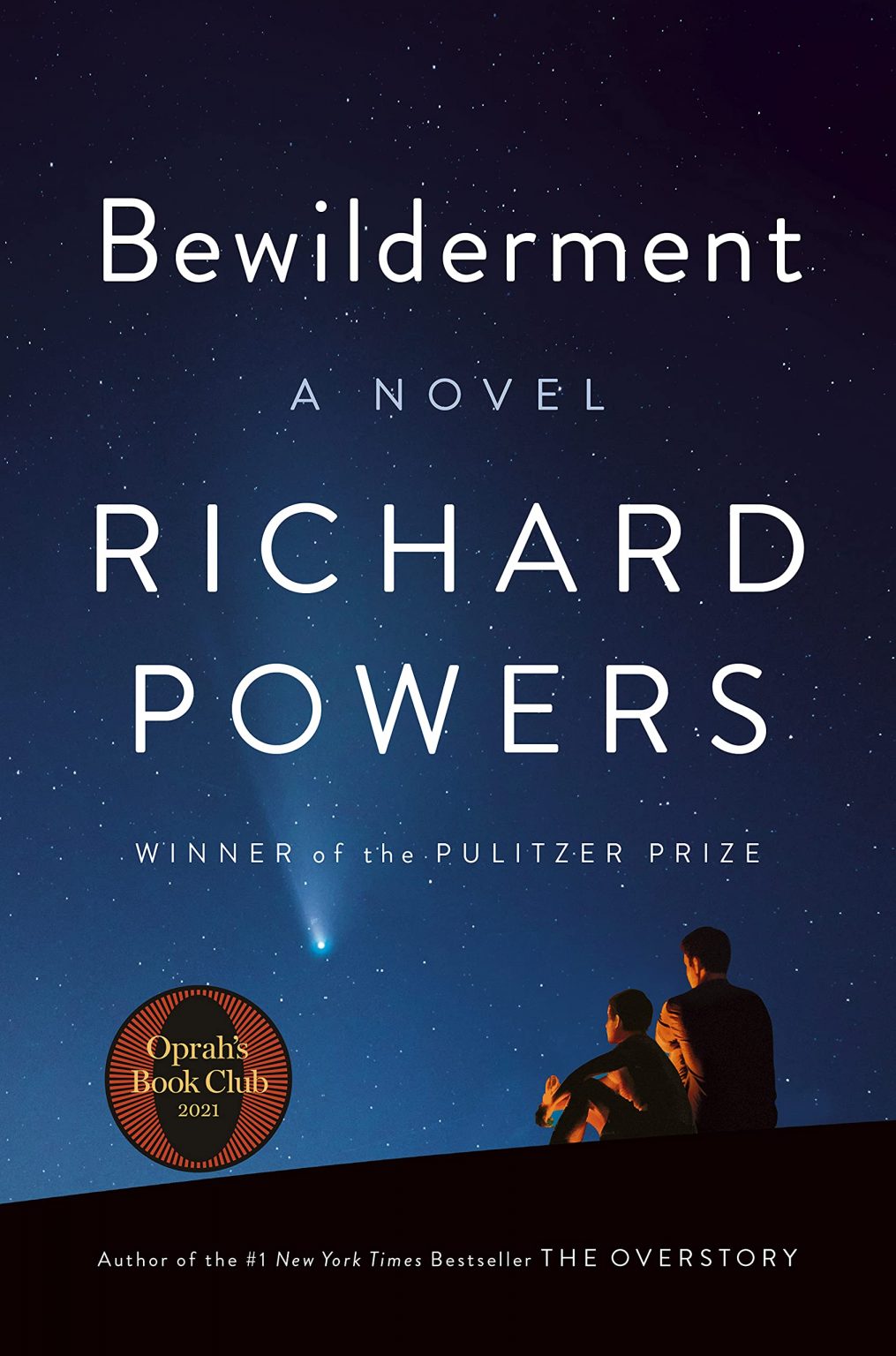Many concepts I’ve encountered and pondered in recent years seemed to connect seamlessly as I read this book—it was like a series of revelations, each unlocking the next. By the time I finished, I felt genuinely exhilarated. If I had to summarize the book in one sentence, it would probably be Philip W. Anderson’s famous 1972 Science declaration in condensed matter physics: “More is Different.”
The book weaves together ideas from reductionism, Gödel’s incompleteness theorem, the second law of thermodynamics, time-reversal symmetry, emergent properties, topology, and even the famous Dirac sea, which metaphorically describes particle-antiparticle annihilation in a vacuum. It covers “Majorana fermions are half a Dirac fermion,” particle-hole symmetry, the fractional quantum Hall effect, Dirac cones, Laplace’s demon, Einstein’s EPR paradox—all explained through elegant analogies and concise language. The author is truly a gifted science writer. This book even changed some of my biases, particularly my assumption that condensed matter physics is just another applied science like biochemistry or materials science.
We often say that the laws of physics are simple and beautiful, and this belief is almost a fundamental truth for physicists. Determinism is seen as elegant, while uncertainty is perceived as chaotic and unsightly.
Take, for example, the inverse-square law of gravity: gravitational force is inversely proportional to the square of the distance. But why exactly 2? Why not 2.000001? Or 1.999999? How does it land with perfect precision at exactly 2? This makes it clear that the aesthetic simplicity of physical laws is, at its core, derived from the mathematical elegance underlying them.
We usually assume that big things are made up of smaller things, and complex systems emerge from simpler ones. This assumption leads to the subconscious belief that studying macroscopic systems is merely an extension of studying microscopic ones. Is solid-state physics just “applied particle physics”? Is biology just “applied chemistry”? And is psychology merely “applied biology”? Anderson’s answer is a definitive no.
Reductionism has indeed helped us uncover many truths about the universe. We’ve identified the fundamental building blocks of matter and discovered beautifully simple physical laws that have dramatically enhanced humanity’s ability to eliminate uncertainty—expanding the boundaries of our survival. But in condensed matter physics, we find that order can emerge from disorder. Simplicity and beauty do not necessarily arise from deeper simplicity and beauty—they can emerge from the complexity of a system itself.
Perhaps uncertainty and complexity are not just nuisances to be eliminated—but fundamental aspects of reality itself. At the very least, they offer another truth of the universe.
近年来接触过和思考过的很多东西在看这本书的时候都感觉融会贯通豁然开朗茅塞顿开,所以看完后非常开心。如果用一句话总结,那可能还是p.w.Anderson 的1972年发在science的凝聚态物理宣言:More is Different。从还原论,哥德尔的不完备理论,增熵定律,时间反演对称性,emergent property,拓扑学,到著名的狄拉克海dirac sea-关于正反粒子在真空中湮灭的隐喻,“马约拉纳费米子就是半个狄拉克费米子”,粒子-空穴对称性,分数量子霍尔效应,狄拉克锥,拉普拉斯妖的比喻,爱因斯坦的epr悖论…作者都用精彩的类比和简洁的语言娓娓道来,真的是一位优秀的科普作家。也消除了我的一些对凝聚态物理有如生化环材偏应用领域的一些偏见。
我们常常说,物理定律是简洁而优美的,这也几乎是所有物理学家始终相信的真理。确定性是多么简洁优美,而不确定性又是多么复杂且丑陋。
例如万有引力中的平方反比律,引力反比于距离的2次方,为什么就是2?不是2.000001?不是1.999999?就那么不偏不倚,精确定于2?其实这样看来,物理定律的简洁美,从感官上,它其实来源于数学的简洁美。
通常我们会认为,大的东西由小的东西组成,复杂的东西由简单的东西组成,那我们是不是会下意识地认为,研究更为宏观系统的学科,无非是对研究更为微观系统的学科的应用?固体物理是否只是“应用粒子物理”?生物学是否只是“应用化学”?而心理学又是否只是“应用生物学”?安德森的答案是否定的。
在还原论的解释下,我们确实探寻到了关于宇宙的很多真相,我们找到了构成世界万事万物的多种基本构成单元,也发现了简洁而优美的物理定律,它把人类消除不确定性的能力提升到了空前的层次,极大地扩展了人类的生存空间。而凝聚态物理当中,涌现出来的种种秩序,从物理层面上告诉我们,简洁和优美,未必来自更简洁和更优美,它也可以从复杂的系统当中涌现出来,不确定性、复杂性,也许才是这个宇宙的真相,至少可能是,宇宙的另一种真相。



